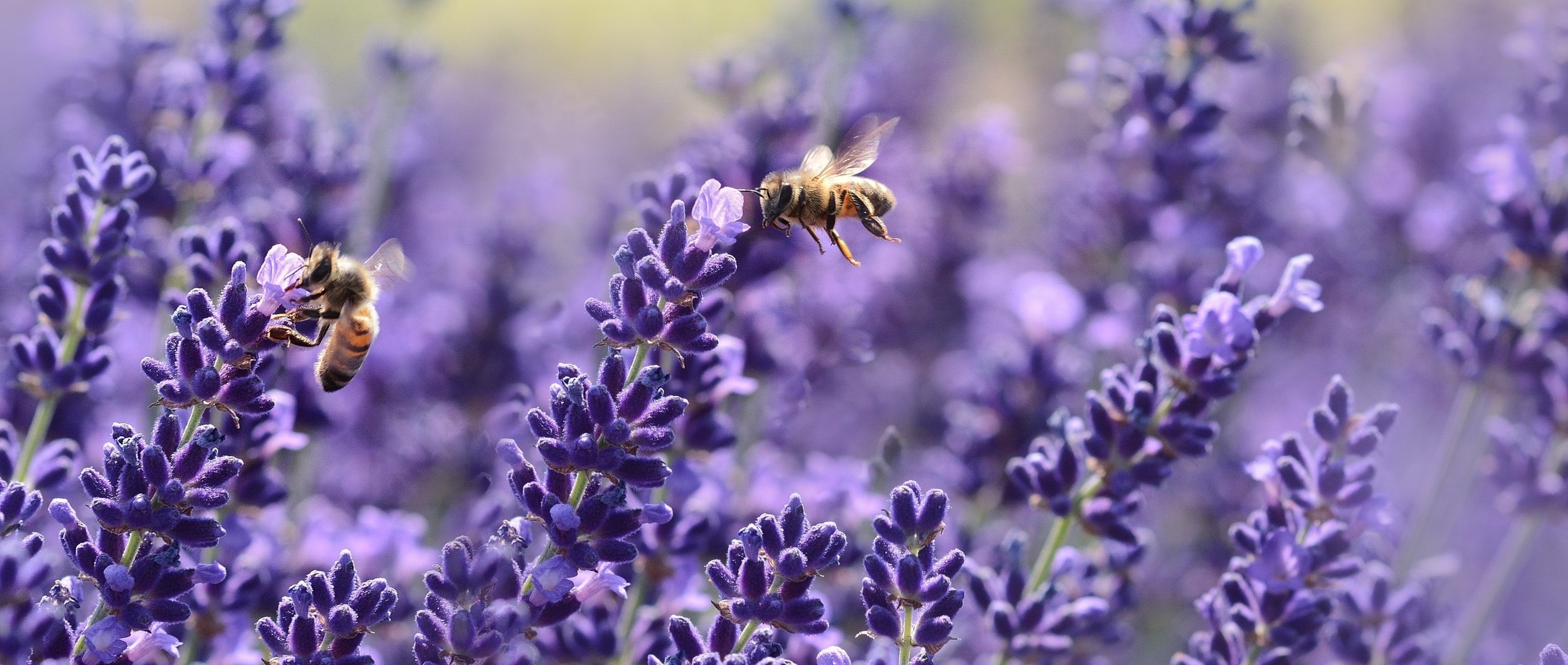Benefits of Lavender
Lavender is known for its antiseptic, antimicrobial, anti-inflammatory, antibacterial, and antifungal properties. True Lavender (Lavandula angustifolia) is the best variety to use for healing and aromatherapy, as the hybrid oils are much higher in camphor, and are more stimulating than calming. Lavender essential oil has been a prominent and important part of history, bringing clarity, peace of mind, emotional balance as well as healing and overall wellness to the body. Lavender is one of the most versatile essentials oils.
The power of essential oils and how they work
It’s more than just a fragrance
Essential oils are made from plant materials through an extraction process, often steam distillation. Essentials oils are very powerful and should be diluted for safe application. One drop of essential oil is equivalent to 3-4 cups of plant matter! Essential oils used for wellness and aromatherapy are most commonly applied topically or inhaled gently through the nasal passages.
Applying products made with essential oils to our skin—our largest organ—is a very effective way to experience the holistic benefits of the oil. When using the inhalation method, the vapors stimulate your olfactory nerve, thereby signaling your limbic system and your brain, specifically the amygdala and hippocampus, which all then respond by releasing serotonin, which is known as the “happy hormone." Serotonin is what calms us and makes us feel good. Inhaling essential oils also directly strengthens and helps to support our immune system.
All products made by Lavender Essentials of Vermont contain a 2% dilution rate
This means we add the highest level of quality therapeutic grade essential oils to each of our products, to give you the safest, maximum holistic benefits that we can.
History & usage
Lavender has been grown and used throughout the centuries. The botanical name for lavender is ‘Lavandula’. The genus name stems from Latin ‘lavandus’, meaning to be washed, or ‘lavare’, to wash. Most believe lavender originated in the Mediterranean, and the Romans were known to have used lavender oil to perfume baths and linens. Their soldiers dressed the injured men’s wounds with lavender oil in order to soothe burns, and stimulate the growth of skin cells.
In the middle ages, lavender was used in aromatherapies, aiding in things such as grief, fatigue, faintness, and helping with relaxation and sleep. Lavender has been used throughout the years as an insect repellent, for sunburns, and as a skin healing aid. It is even thought to help ward off evil spirits. Lavender has been used in culinary delicacies, and for internal herbal remedies. Lavender is also used to treat acne, earaches, aching muscles, depression, eczema, stress, psoriasis, and tension headaches.


